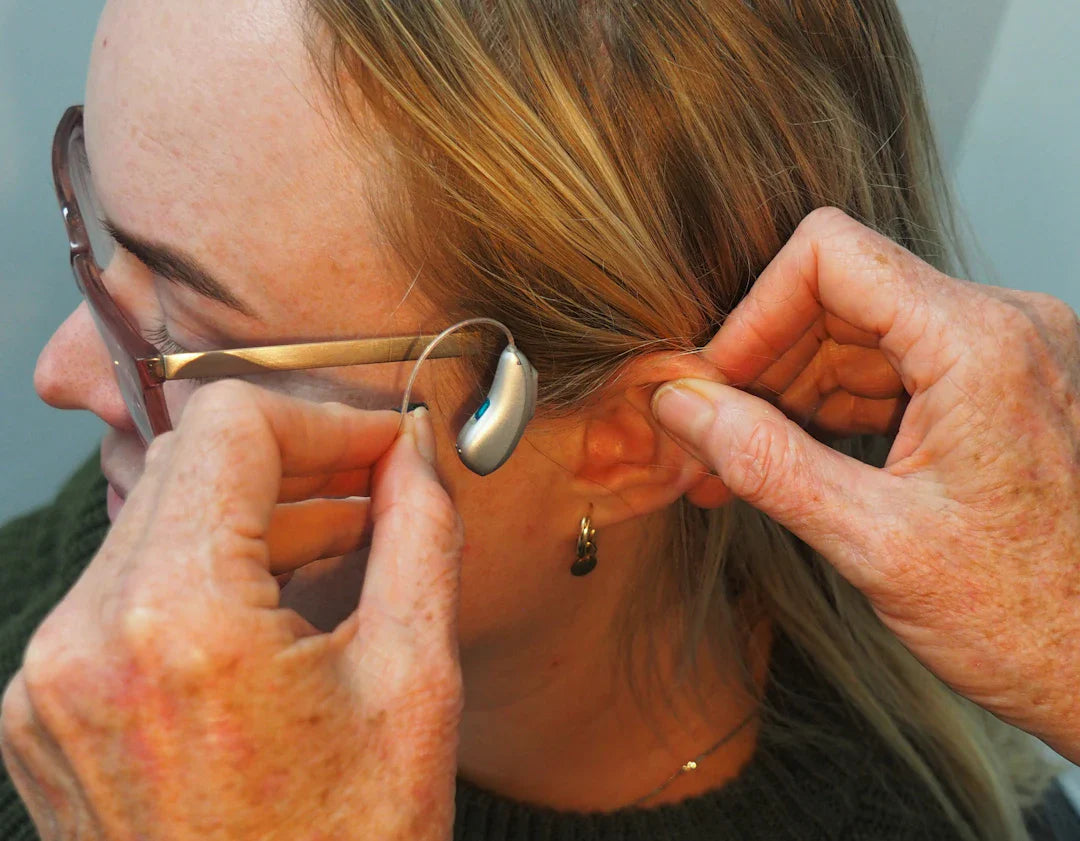Hearing aids have transformed the lives of countless individuals dealing with hearing loss. Understanding the technology behind these remarkable devices can help consumers make informed choices about their hearing care. In this article, we delve deep into the innovations that power hearing aids, the challenges they address, and the future of audiology.
What Are Hearing Aids?
Hearing aids are small electronic devices designed to amplify sounds for individuals with hearing loss. The primary goal of these devices is to improve communication abilities and enhance the quality of life. As technology has evolved, so too have hearing aids, incorporating sophisticated features like advanced sound processing, Bluetooth connectivity, and even smartphone compatibility.
The Components of Hearing Aids
Understanding the inner workings of hearing aids can help users fully appreciate the technology involved. Here are the main components:
- Microphone: The microphone captures sound from the environment.
- Amplifier: The amplifier increases the loudness of the audio signals captured by the microphone.
- Receiver: The receiver transmits the amplified sound into the ear canal.
- Battery: Provides power to the entire device and varies based on the model.
- Digital Signal Processor (DSP): Processes audio signals to enhance sound quality and clarity.
The Role of Audiology in Hearing Aid Technology
Audiologists are professionals who specialise in diagnosing and treating hearing loss. They play a crucial role in selecting and fitting hearing aids, ensuring that the devices are tailored to the specific needs of the individual. An audiologist's expertise ensures that the hearing aids work optimally, which is why it's vital to consult with one when considering options like the "Oticon Intiga hearing aid".
Customising Hearing Aids for Unique Needs
Every individual's hearing loss is unique, so it is essential to customise hearing aids accordingly. Audiologists conduct thorough assessments to determine the type and degree of hearing loss, offering insights into the best features necessary for each user. Customisation may include adjustments in amplification, directionality, and frequency response.
Advanced Technology in Hearing Aids
The world of hearing aids has seen remarkable advancements in recent years. Here are a few notable technologies that significantly enhance their effectiveness:
Digital Signal Processing (DSP)
Modern hearing aids incorporate digital signal processing to enhance sound quality significantly. DSP enables a hearing aid to filter out background noise, focusing on speech sounds and making conversations clearer. This is particularly helpful in social situations where background noise can be distracting.
Connectivity Features
Bluetooth connectivity now allows hearing aids to sync with various devices such as smartphones, televisions, and computers. This feature makes it easier for users to take calls, listen to music, and enjoy television without compromising sound quality. For example, some users may appreciate the convenience of connecting to their phones to manage the "Oticon Intiga hearing aid" settings directly.
Adaptive Directionality
Some hearing aids are equipped with adaptive directionality technology that adjusts to different listening environments. This allows the device to amplify sounds coming from specific directions while minimising extraneous noise. Such features are invaluable in bustling settings, contributing to a more refined hearing experience.
Understanding Hearing Loss
Hearing loss can occur due to a variety of factors, including age, exposure to loud sounds, and medical conditions. It can affect the quality of life, creating barriers in communication and social interaction. Understanding different types of hearing loss is critical in determining the appropriate hearing aids.
- Sensorineural Hearing Loss: Often caused by damage to the inner ear or auditory nerve, this is the most common type of permanent hearing loss.
- Conductive Hearing Loss: This occurs when soundwaves cannot efficiently travel through the outer ear canal to the eardrum. Causes may include ear infections or blockage from earwax.
- Mixed Hearing Loss: A combination of conductive and sensorineural hearing losses, requiring complex solutions.
Earwax Removal: The Unsung Hero of Hearing Care
While often overlooked, earwax plays a crucial role in hearing care. Excessive earwax can lead to hearing impairment by obstructing the ear canal, making it difficult for sound to reach the eardrum. Regular earwax removal is essential for ensuring hearing aids operate effectively. Audiologists offer professional earwax removal services, ensuring that users maintain optimal sound transmission.
The Process of Earwax Removal
Removing earwax safely requires professional expertise. Here are the common methods used:
- Cerumen Management Tools: Audiologists use specific instruments to gently remove earwax.
- Ear Irrigation: A gentle stream of water is used to flush out earwax.
- Microsuction: Utilising a small suction device, audiologists gently remove the build-up without causing damage to the ear.
Battery Life and Maintenance of Hearing Aids
Maintaining hearing aids is pivotal for their longevity and performance. One of the most important aspects of maintenance is ensuring the battery life is managed effectively. Most hearing aids operate on disposable batteries, while some use rechargeable options. Users should become familiar with their respective battery types and follow proper charging protocols.
Pro Tips for Maintaining Hearing Aids
To ensure the best performance from hearing aids, consider the following maintenance tips:
- Regularly clean the microphones and receivers to prevent any blockages.
- Store devices in a dry, safe environment away from moisture.
- Schedule regular check-ups with an audiologist to ensure optimal performance.
- Consider using protective covers to shield devices from dirt or damage.
The Future of Hearing Aids is Bright
The field of audiology is constantly evolving, with innovations paving the way for better hearing solutions. The future of hearing aids looks promising, with trends pointing towards increased integration of artificial intelligence (AI) and machine learning. These technologies have the potential to adapt hearing aid settings intelligently based on the user’s environment, improving the listening experience immensely.
AI in Hearing Aids
AI technology can learn a user’s preferences over time, automatically adjusting to different environments and offering personalised sound profiles. This development aims to create an intuitive hearing experience, much needed for those struggling with hearing loss.
The Next Step in Your Hearing Journey
Understanding the technology behind hearing aids opens up a world of possibilities for individuals facing hearing loss. Armed with knowledge about components, features, and proper maintenance, users can make informed decisions about their hearing care. If you're ready to take a step toward better hearing, consulting with an audiologist is the best way to start your journey. They can provide tailored solutions, including recommendations for various hearing aids that suit your needs, such as the "Oticon Intiga hearing aid".
Remember, the right hearing aid can restore connections, enhance conversations, and significantly improve your quality of life. Don't let hearing loss hold you back—embrace the technology that can transform how you experience the world around you!




